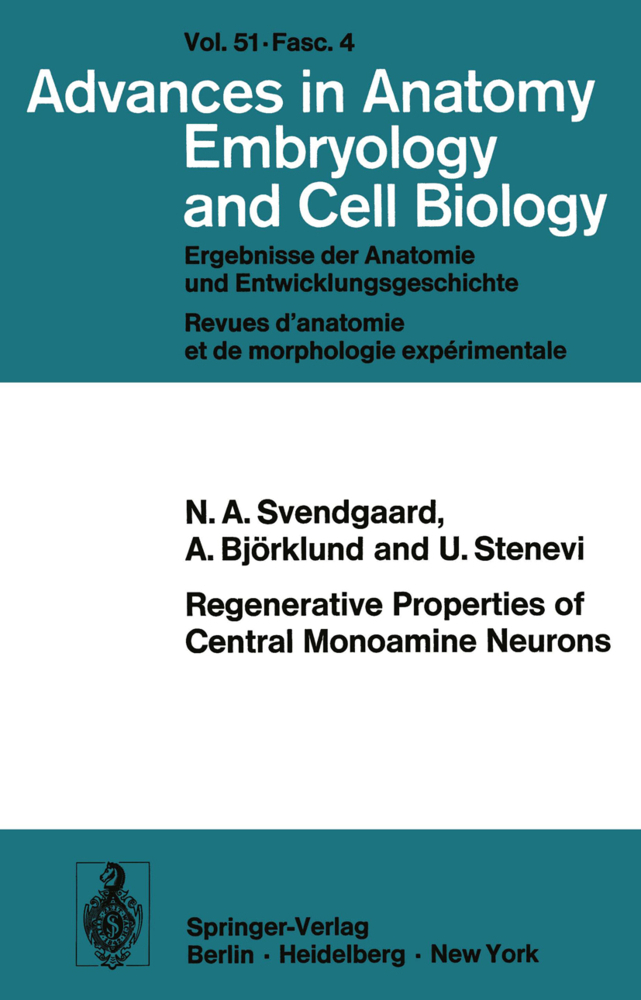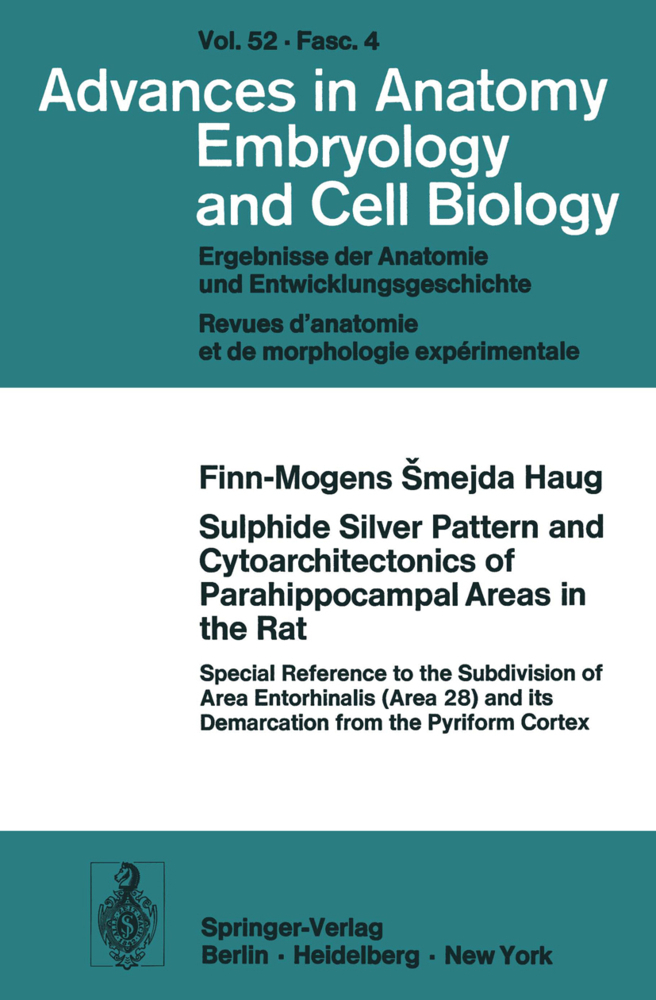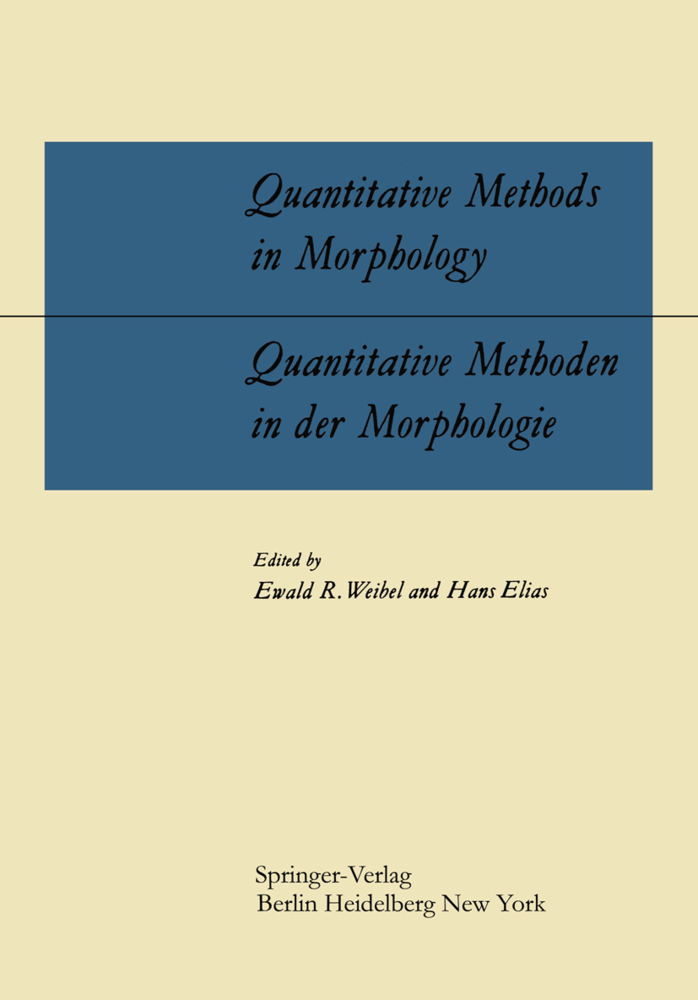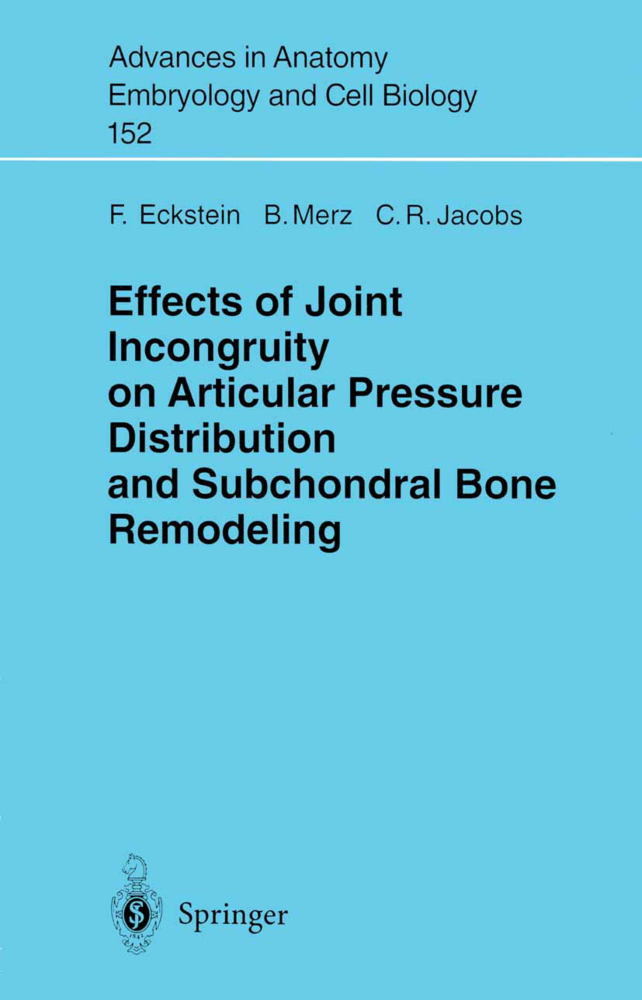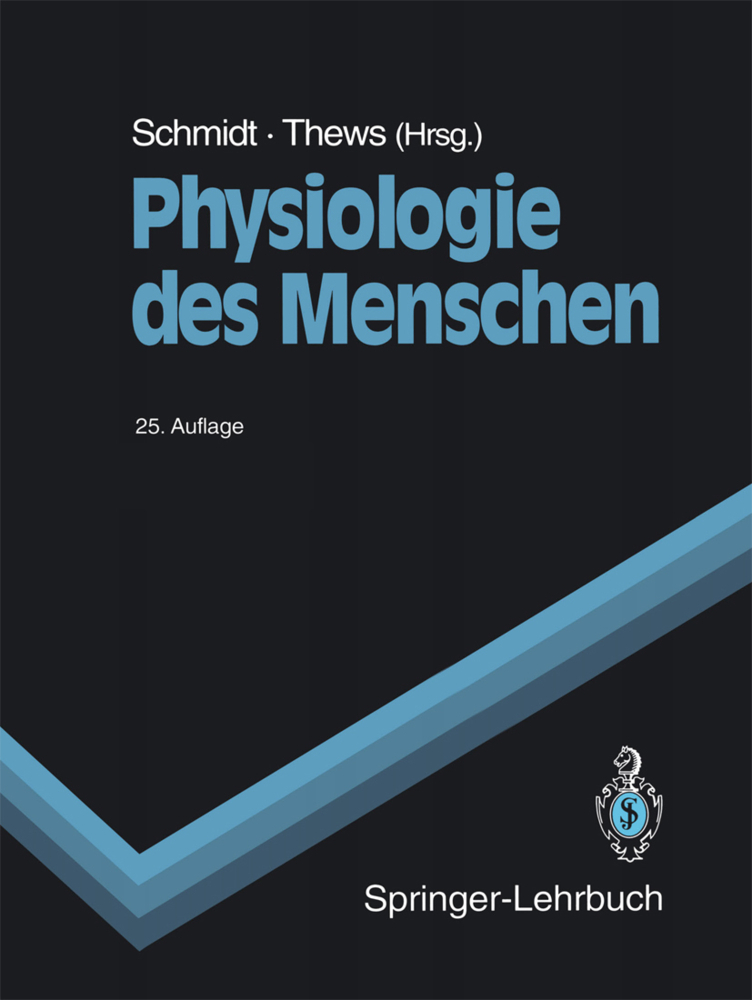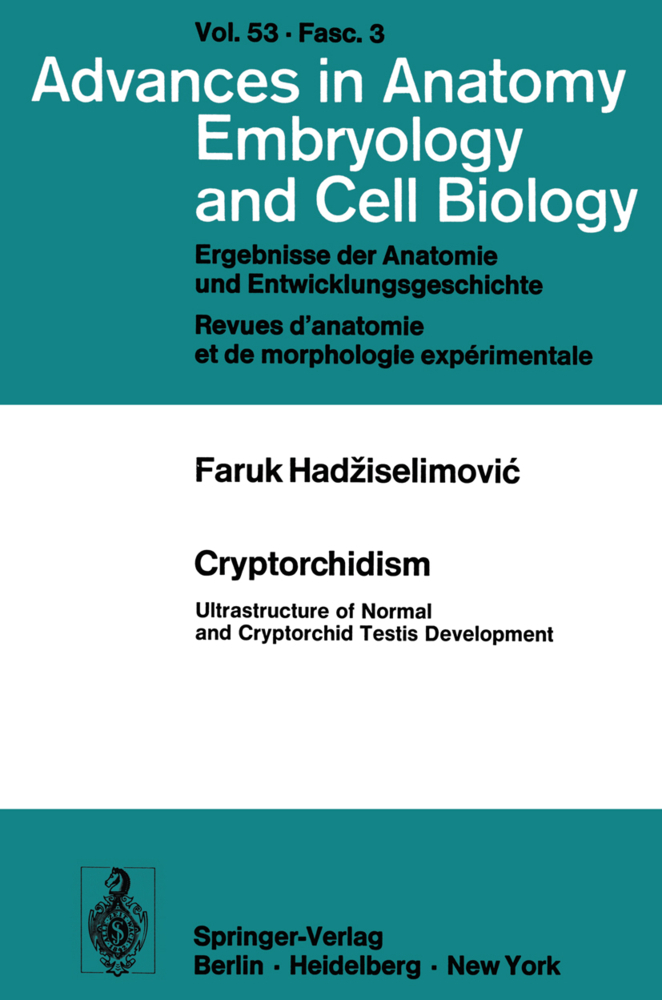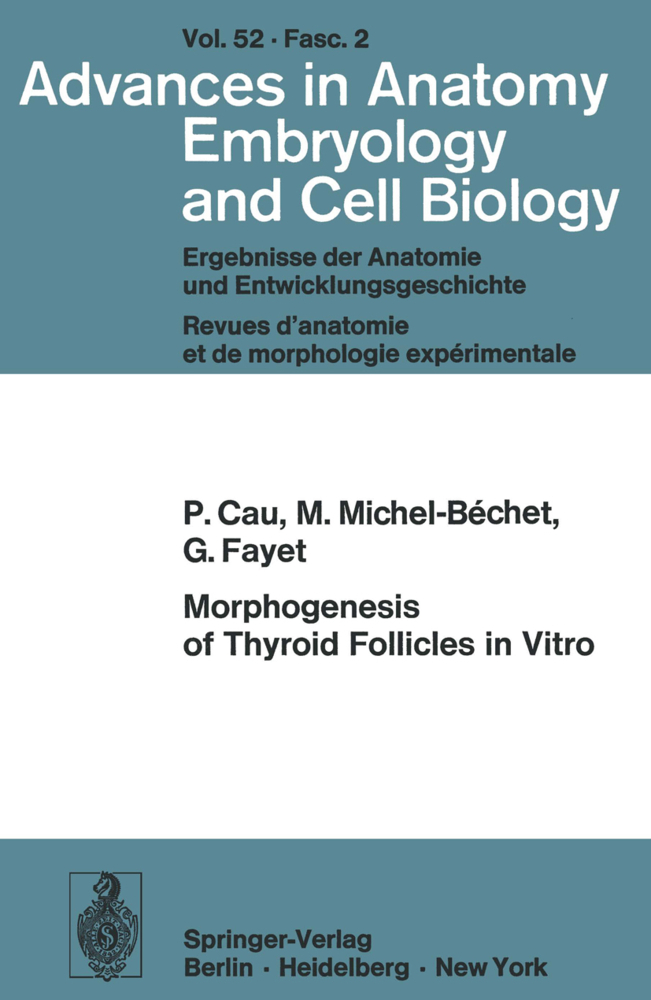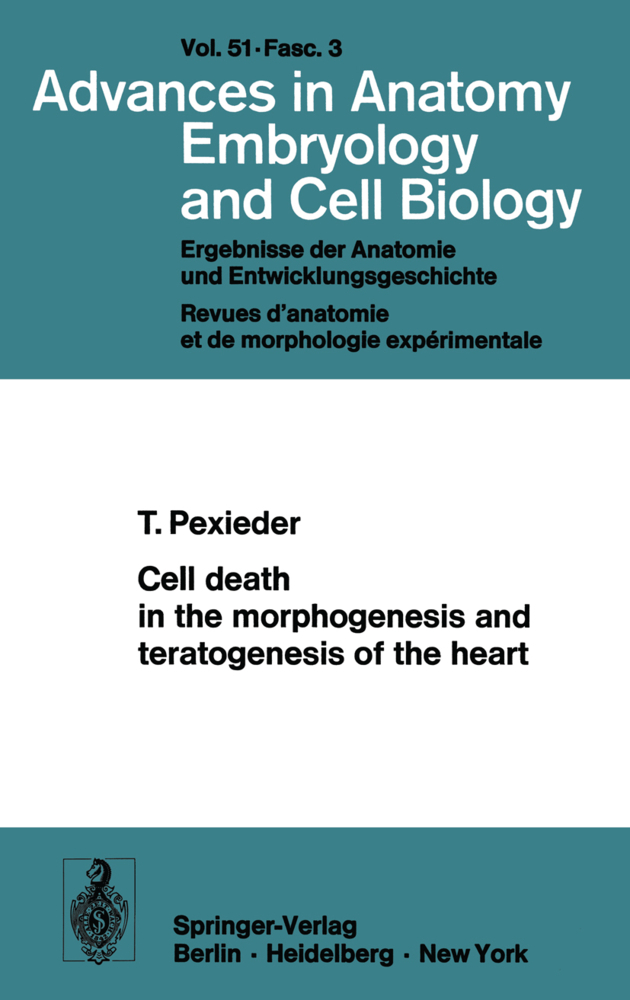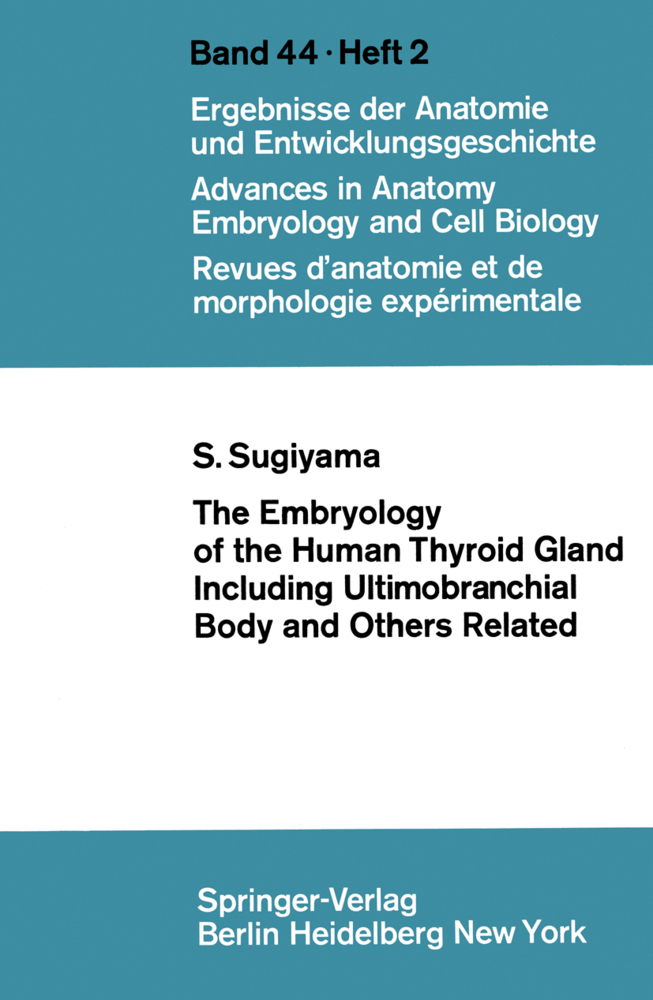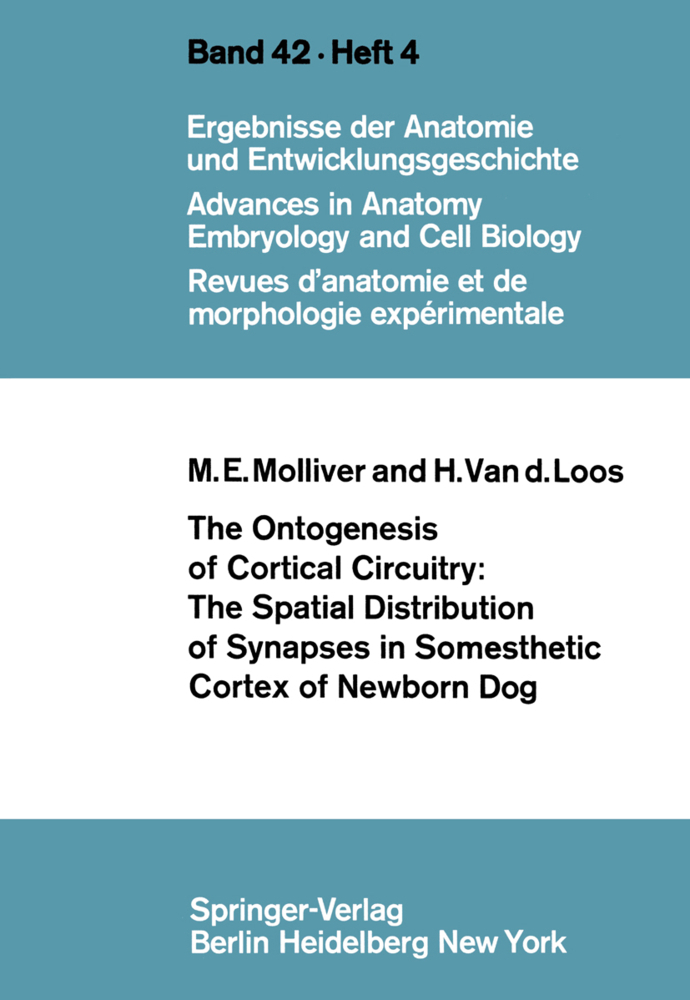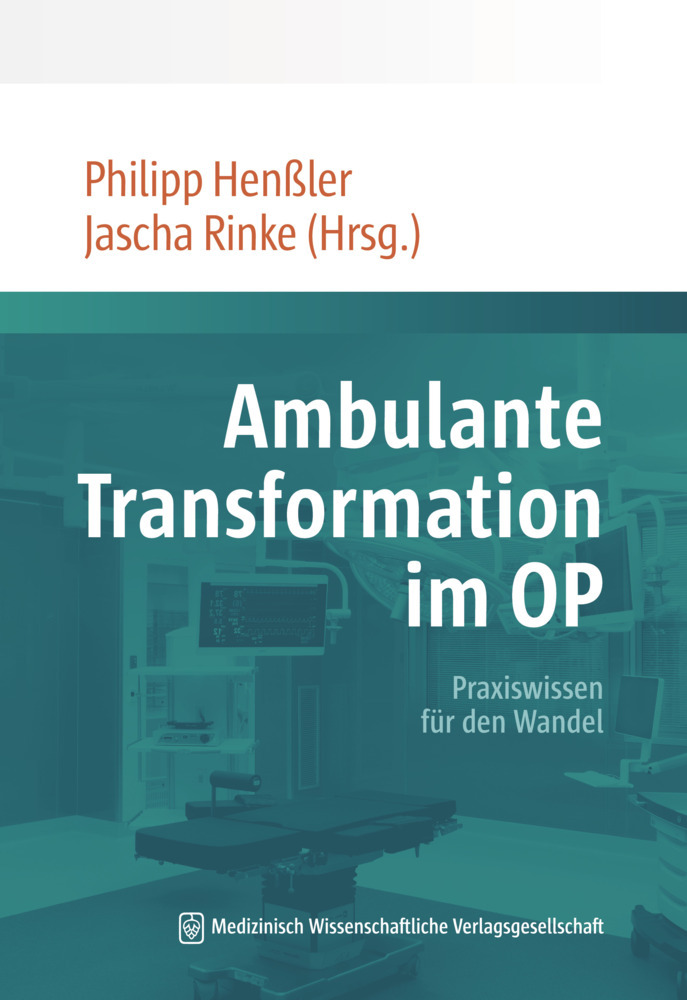Regenerative Properties of Central Monoamine Neurons
Studies in the Adult Rat Using Cerebral Iris Implants as Targets
Regenerative Properties of Central Monoamine Neurons
Studies in the Adult Rat Using Cerebral Iris Implants as Targets
Axonal growth is now commonly recognized as one of the basic mechanisms underlying neuronal plasticity and reorganization in the adult mammalian CNS, not least in response to traumatic lesions. The monoaminergic neurons-cate cholamine (CA)1-containing and indolamine (IA)-containing ones-in the adult rat brain have previously been shown to possess a high capacity for axonal growth and sprouting, both from their proximal axon stumps after axonal transection (Katzman et al. , 1971; Bjorklund et al. , 1971 c) and from their intact axons after partial denervations of different terminal regions (Moore et al. , 1971; Stenevi et al. , 1972). It seems possible that the monoamine neurons could be representative of a class of neurons in the CNS that retain a high degree of morphological plasticity also in the fully developed animal. This study was therefore undertaken to further characterize the growth properties, and particularly the regenerative capacity, of the central noradrenaline (NA), dopamine (DA) and IA neurons after axonal transection, using transplantations of the iris to various central locations as an experimental model. In previous studies (Bjorklund and Stenevi, 1971; Bjorklund et al. , 1971 c; Stenevi et al. , 1974), the regrowing sprouts from lesioned central NA and DA neurons have been shown to grow in great abundance into transplants of peri pheral tissue placed in the caudal diencephalon or the spinal cord.
Vascularization and survival of irides transplanted to the caudal diencephalon and to the anterior chamber of the eye
1. Time-course of revascularization of the iris transplants
2. Semiquantitative evaluation of the revascularization and size of the transplants
3. Origins of the vascular supply
4. Discussion
5. Summary
Reinnervation of irides transplanted to the caudal diencephalon
1. Sources of the reinnervating fibres
2. Time-course of reinnervation of the iris transplants by central NA fibres
3. Morphology and patterning of the regenerated central and peripheral NA fibres
4. Discussion
5. Summary
Reinnervation of transplanted irides by central DA and IA fibres
1. Growth of central DA fibres into irides transplanted to the internal capsule
2. Growth of central DA fibres into irides transplanted to the caudal diencephalon, in the absence of regenerating NA fibres
3. Growth of central IA fibres into irides transplanted to the mesencephalic raphe
4. Discussion
5. Summary
Growth of central NA fibres into chronically denervated irides
1. Growth and patterning of the regenerating fibres
2. Discussion
3. Summary
General discussion
General summary
References.
Materials and Methods
Animals 8, Operative techniques 8, Perfusion technique 11, Dissection procedures 12, Histochemistry 12, MicrospetrofluorometryVascularization and survival of irides transplanted to the caudal diencephalon and to the anterior chamber of the eye
1. Time-course of revascularization of the iris transplants
2. Semiquantitative evaluation of the revascularization and size of the transplants
3. Origins of the vascular supply
4. Discussion
5. Summary
Reinnervation of irides transplanted to the caudal diencephalon
1. Sources of the reinnervating fibres
2. Time-course of reinnervation of the iris transplants by central NA fibres
3. Morphology and patterning of the regenerated central and peripheral NA fibres
4. Discussion
5. Summary
Reinnervation of transplanted irides by central DA and IA fibres
1. Growth of central DA fibres into irides transplanted to the internal capsule
2. Growth of central DA fibres into irides transplanted to the caudal diencephalon, in the absence of regenerating NA fibres
3. Growth of central IA fibres into irides transplanted to the mesencephalic raphe
4. Discussion
5. Summary
Growth of central NA fibres into chronically denervated irides
1. Growth and patterning of the regenerating fibres
2. Discussion
3. Summary
General discussion
General summary
References.
Svendgaard, Niels-Aage
Björklund, A.
Stenevi, U.
| ISBN | 978-3-540-07299-7 |
|---|---|
| Artikelnummer | 9783540072997 |
| Medientyp | Buch |
| Auflage | Softcover reprint of the original 1st ed. 1975 |
| Copyrightjahr | 1975 |
| Verlag | Springer, Berlin |
| Umfang | 77 Seiten |
| Abbildungen | 77 p. |
| Sprache | Englisch |

